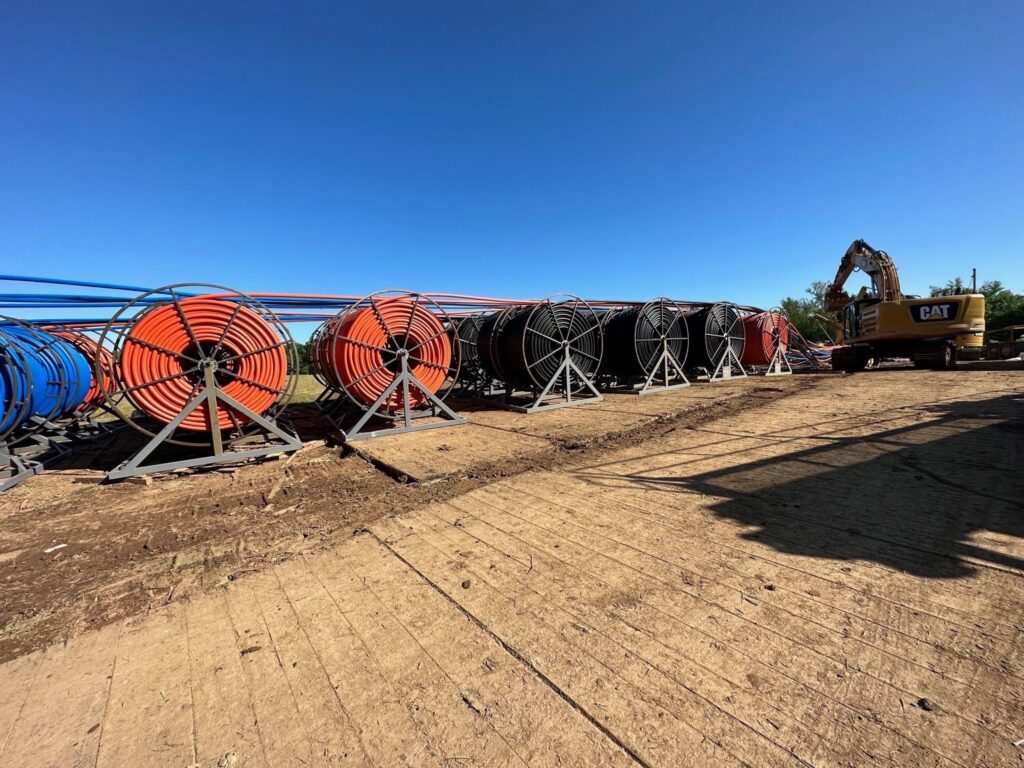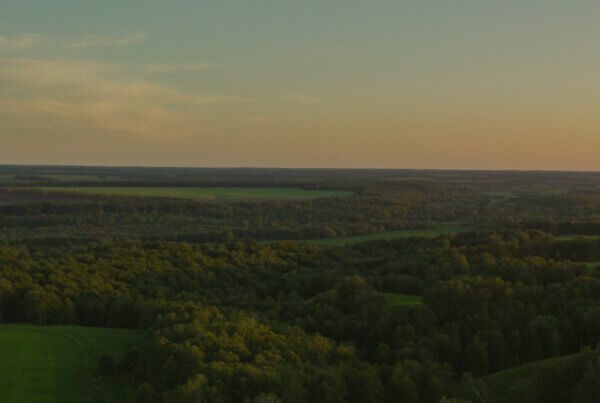Quantum Frederick Set to Connect to Leesburg Virginia via QLoop by Q’2 2024
Austin, TX – May 15, 2023 – Quantum Loophole, Inc., an innovative developer of first-of-its-kind Gigawatt-scale master planned data center communities announces that the company just completed its North Potomac River Bore crossing, the second of two Potomac River crossings for the QLoop network conduit system. QLoop is a massive 40± mile hyperscale fiber ring connecting Quantum Loophole’s 2,100+ acre Quantum Frederick data center development site in Maryland to Northern Virginia’s Data Center Ecosystem.

QLoop is one of the largest middle-mile conduit fiber systems to ever be constructed. The system is designed to hold 34 conduits with full capacity of more than 235,000 strands of fiber. When complete, the system is designed to be capable of connecting Quantum Frederick to the Ashburn internet ecosystem in under one half millisecond Round Trip Time (RTT). The first Potomac River crossing to the South from the Leesburg, Virginia area to Maryland, which began in August 2022 was 3,900 feet long and was completed in December 2022. The second Potomac River crossing, which began in December 2022, between the Leesburg area and the Point of Rocks Bridge was 3,000 feet long and was completed on May 3, 2023. Both bores under the Potomac River go more than 90 feet below the river bedrock.
“This has been by far one of the most challenging projects I have done in my entire career, with each river crossing taking about six-months to complete,” comments Josh Snowhorn, Founder and CEO of Quantum Loophole. “Now we continue with the terrestrial conduit built deep underground, placing our color coded 34×2” ducts, designed to hold 6,912 fiber trunks for a total capacity of over 235,000 strands of fiber. When complete, QLoop will be one of the largest capacity systems ever installed on a middle-mile metro network.”
In parallel developments, civil construction at the Quantum Frederick site is underway. At the 2100+ acre site, construction of roads, water, sewer and grading for a number of areas including the first substation are in motion. The substation site, taking up to 20 acres on the campus, is being graded for the first phase of power which will offer up to 240 MW. Power at the development site is scheduled to become available in April 2024. Soon thereafter, the second phase of power will be underway bringing an additional 336 MW of power to the site with additional tranches of power to follow in short order.
“We could not have done this project without the incredible dedication of the Quantum Loophole team,” Snowhorn continues. “We continue toward completion of our QLoop system with hundreds of feet of conduit a day being deployed. With the bores under the Potomac completed, it’s smooth sailing from here.”
The QLoop network ring connects Quantum Frederick in Maryland as the northern point to the Leesburg, VA area along Fort Evans Road, which defines the southern point of the dual path fiber network. The target completion date remains on schedule for Q’2 2024 with power availability at the Quantum Frederick campus set for April 2024.
For more information about QLoop and Quantum Loophole’s Frederick, Maryland data center development site visit: www.quantumloophole.com.
# # #
About Quantum Loophole
Quantum Loophole disrupts data center site selection offering a rapid platform delivery for land, power, connectivity, and scale. The company’s first-of-its-kind gigawatt-scale, master planned data center development uniquely addresses the scalability, connectivity, and cost-efficiency challenges of today’s large-scale deployments. Powered by innovative energy systems, hundreds of thousands of strands of fiber from multiple carriers, and mass-scale entitled land, Quantum Loophole’s master planned communities take the guesswork out of adding needed data center capacity, allowing hyperscalers, enterprises, and colocation providers speed with go-to-market capabilities. Incorporating renewable energy, land and water improvements, Quantum Loophole offers an environmentally sound approach that reduces the overall carbon footprint while fully enabling powered land with the highest level of connectivity, reliability, and security.


